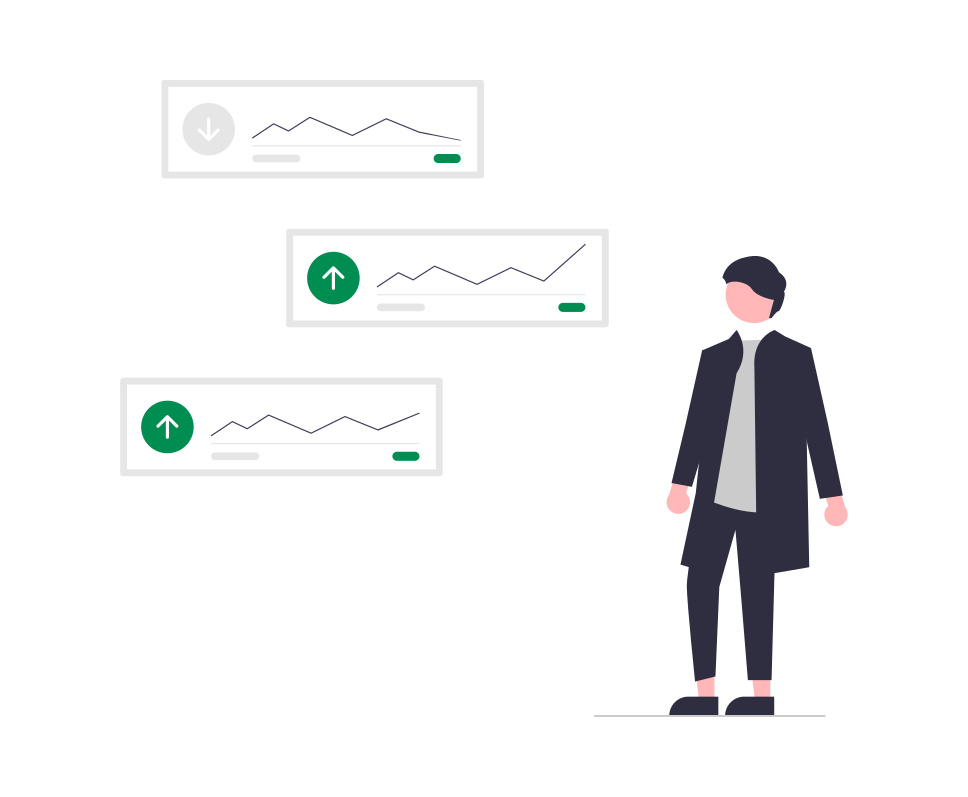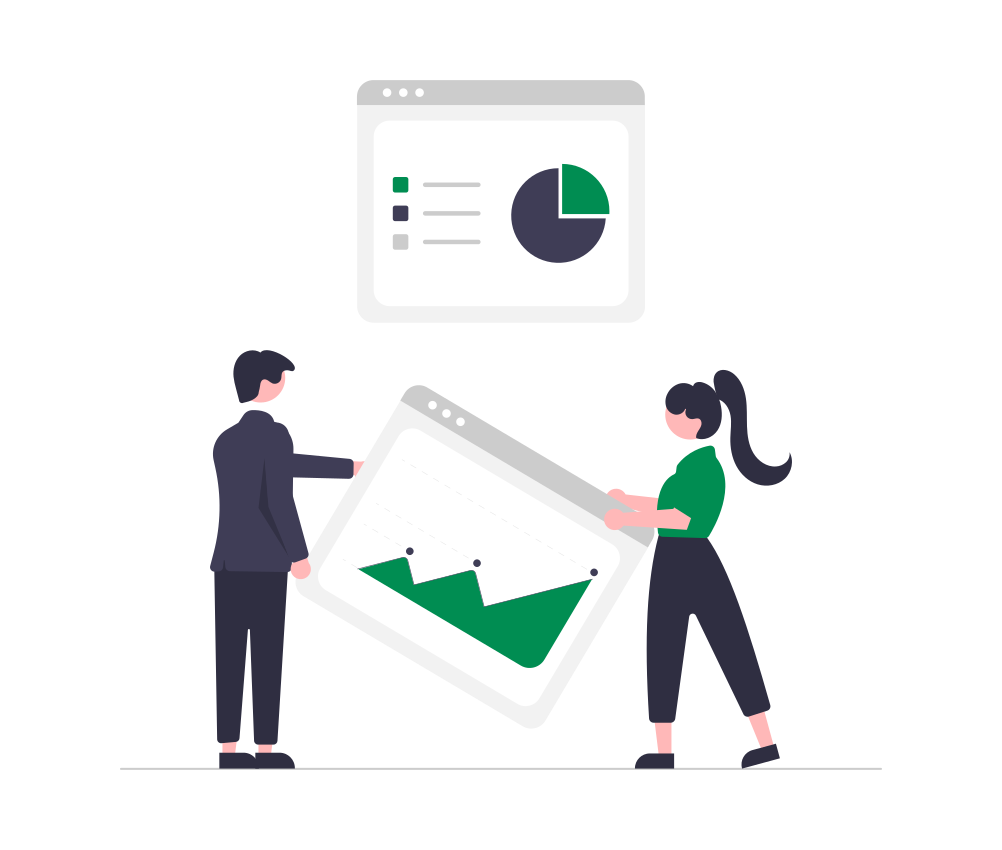Fundamental Analysis

What is Fundamental Analysis?
Fundamental analysis is frequently used to monitor figures such as interest rates, unemployment rates, gross domestic product (GDP), and other sorts of economic data that come out of countries to analyse movements in the currency market. A trader undertaking a fundamental study of the EUR/USD currency pair, for example, would find information on Eurozone interest rates more beneficial than information on US interest rates. Those traders would also want to be aware of any big news releases from each Eurozone countries in order to assess the economy’s health.
Those who trade in the foreign exchange market (forex) utilize the same two types of analysis as those who trade in the stock market: fundamental analysis and technical analysis. Technical analysis is used in forex in a similar way: the price is supposed to reflect all news, and the charts are examined. But, unlike firms, countries do not have balance sheets, so how can a currency be subjected to basic analysis?
As fundamental analysis is concerned with determining an investment’s intrinsic value, its application in forex requires determining the economic conditions that influence the value of a country’s currency. We’ll take a look at some of the most important underlying elements that influence a currency’s movement.
Economic Indicators
Economic indicators are reports that detail a country’s economic performance and are provided by the government or a private entity. Economic reports are the primary tool for assessing a country’s economic health, but keep in mind that a country’s economic performance is influenced by a variety of circumstances and policies.
These reports are produced on a regular basis and provide market participants with information on whether a country’s economy has improved or deteriorated. The consequences of these reports are similar to how earnings reports, SEC filings, and other public announcements can affect stock prices. Any variation from the norm can create huge price and volume changes in forex, just as it can in the stock market.
These assessments are produced on a regular basis and give the market a sense of whether a country’s economy has improved or deteriorated. The impact of these reports is equivalent to the impact of earnings reports, SEC filings, and other public announcements on stock prices. Any variation from the norm can produce huge price and volume changes in forex, just like in the stock market.


Gross Domestic Product (GDP)
Gross Domestic Product (GDP) is the ultimate measurement of a country’s economy, representing the total market value of all products and services produced in a given year. Because the GDP statistic is frequently regarded as a lagging indicator, most traders concentrate on the advance report and preliminary report, which are released in the months leading up to the final GDP figures. Significant changes between these reports can result in a lot of volatility. In that they are both indices of internal growth, the GDP and the gross profit margin of a publicly traded corporation are similar.
Sales in the Retail Sector
The total receipts of all retail outlets in a given country are measured in the retail-sales report. This figure is based on data collected from a wide range of retail outlets around the country. The report is especially useful as a timely estimate of overall consumer spending trends that has been adjusted for seasonal factors. It can be used to forecast the performance of more important lagging indicators as well as gauge an economy’s immediate trajectory. Revisions to advanced retail sales data can cause a lot of volatility. The retail sales report can be likened to a publicly traded company’s sales activity.


Production in the Industrial Sector
This report depicts a change in a country’s factory, mine, and utility production. It also gives information on “capacity utilization,” or how much of each factory’s capacity is being utilised. It is desirable for a country to see an increase in production while operating at or near maximum capacity.
Traders who use this indication are mainly concerned with utility production, which can be quite volatile due to the fact that the utility industry, and hence energy trade and demand, is heavily influenced by weather fluctuations. Weather variations can generate significant revisions between reports, which might lead to currency volatility in the country.
Consumer Price Index (CPI)
The CPI tracks price changes in over 200 distinct categories of consumer goods. When compared to a country’s exports, this report can be used to determine if a country is profiting or losing money on its goods and services. However, keep an eye on exports – it’s a favorite topic among traders because export prices are typically affected by the strength or weakness of a currency.
The purchasing managers index (PMI), producer price index (PPI), durable goods report, employment cost index (ECI), and housing start are all important indicators. Not to mention the several privately published reports, the most well-known of which is the Michigan Consumer Confidence Survey. If used correctly, all of these can be a significant resource for traders.


Economic Indicators as a Tool
Because economic indicators are used to assess a country’s economic health, changes in the conditions indicated will have a direct impact on the currency’s price and volume. It’s crucial to remember, though, that the signs outlined above aren’t the only factors that influence the price of a currency. Third-party reports, technical considerations, and a variety of other factors can all have a significant impact on a currency’s value. When conducting fundamental analysis in the forex market, keep the following in mind:
- Keep an economic calendar on accessible with a list of indicators and their publication dates. Also, keep an eye on the future; markets frequently move in anticipation of the release of a specific indicator or report at a later date.
- Be aware of the economic indicators that are attracting the most attention from the market at any particular time. Such indicators act as catalysts for the most significant price and volume changes. When the US currency is weak, inflation is one of the most closely studied measures.
- Understand what the market expects from the data, and then monitor whether those expectations are met. That matters significantly more than the data itself. Occasionally, there is a significant disparity between expectations and actual outcomes. If that’s the case, be aware of the reasons behind the discrepancy.
- Don’t respond to the news too hastily. Numbers are frequently released and then changed, and things can swiftly shift. Pay attention to these changes, as they may prove to be a useful tool for identifying trends and responding more effectively to future reports.
Conclusion
To examine forex fundamentals, various economic indicators and even more private reports can be used. It’s critical to spend time not only looking at data but also understanding what they imply and how they effect the economy of a country. These indicators, when applied correctly, may be a great resource for any currency trader.
